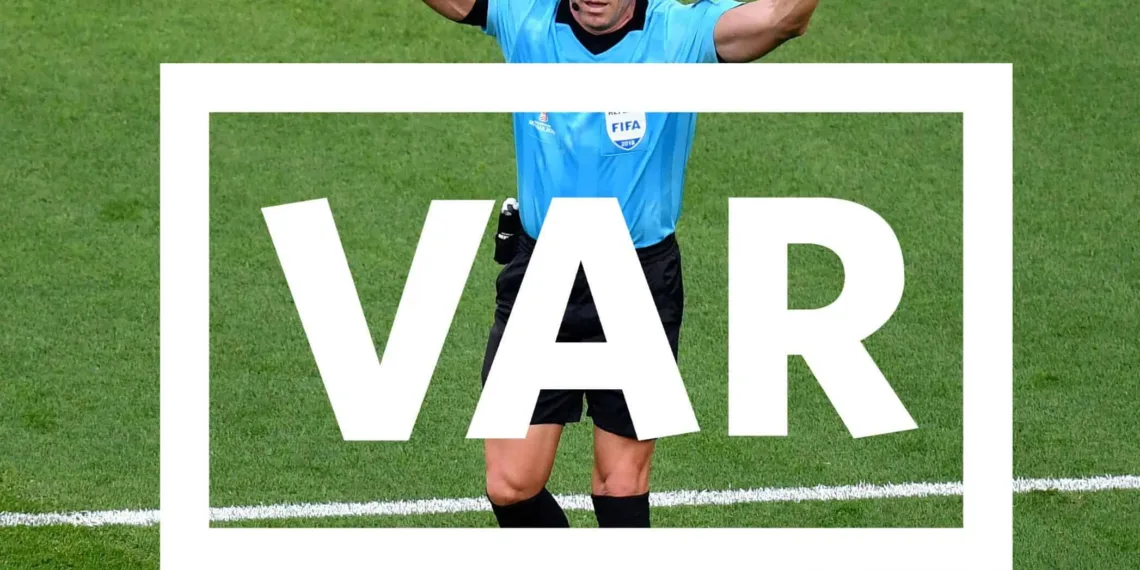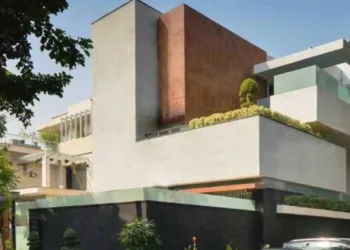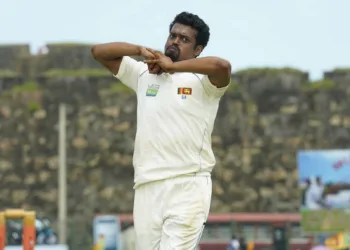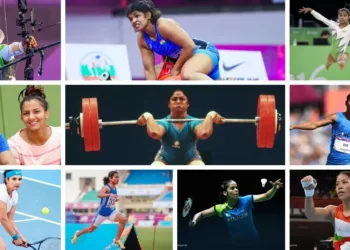The Promise of VAR Lite
In the world of Indian football, the concept of implementing a more affordable “VAR lite” had captivated the imagination of fans and pundits alike. VAR, or Video Assistant Referee, has become a cornerstone of modern football, promising improved officiating and more accurate decisions on the field.
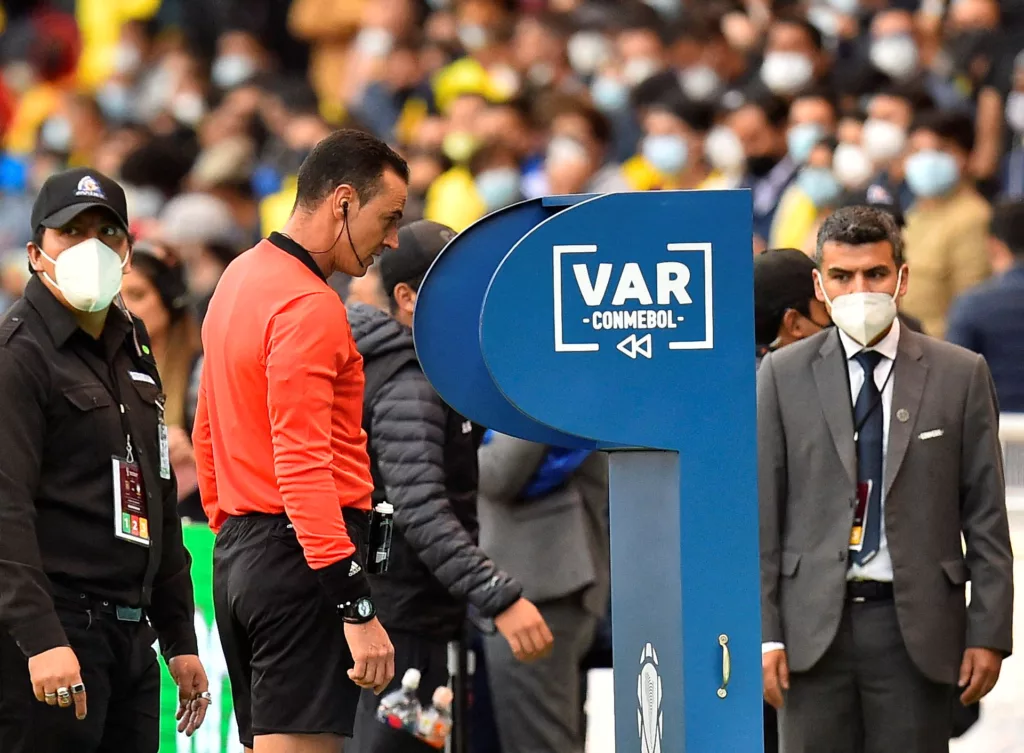
AIFF’s Secretary General, Shaji Prabhakaran, recently revealed the financial struggles hindering the implementation of this technology. This article delves into the curious case of Indian football finances, exploring the stark contrast between the cost of astrologer consultations, amounting to 16 lakh rupees, and the hefty price tag attached to modern VAR technology, ranging from 18 to 20 lakh rupees per match and a staggering 15 to 20 crore rupees per season.
AIFF’s Financial Challenge
The initial promise of “VAR lite” seemed like a beacon of hope for Indian football. The concept of a more cost-effective version of VAR, theoretically requiring fewer resources, was met with enthusiasm. After all, India boasts a thriving IT industry and a pool of tech-savvy graduates. Comparisons were made with other countries that had successfully set up lighter and more affordable versions of VAR, demonstrating that such an approach was feasible. Belgium, for instance, managed to implement a scaled-down VAR system using just 16 monitors and a mere four personnel to oversee four matches simultaneously. The idea of tapping into India’s abundant IT talent to replicate this model seemed tantalizing.
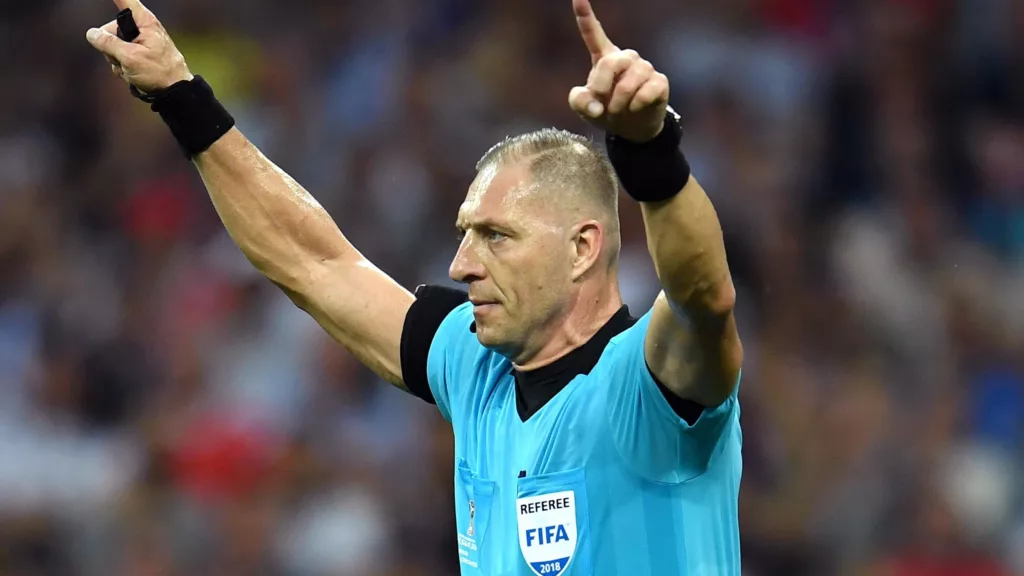
Read More: What is VAR Lite? The Game Changing Technology for Indian Football Matches
The Mirage of VAR Lite
However, the dream of VAR in Indian football now faces a stark reality – budget constraints. Shaji Prabhakaran’s revelation that “we don’t have funds” sent ripples through the football community. The exorbitant cost of VAR technology, encompassing not only the technology itself but also additional cameras and match officials, presents a significant financial hurdle. The dream of “VAR lite” has quickly transformed into a mirage, a financial fata morgana, as they say, with the recurring refrain being, once again, “there’s no funds.”
The production of the I-League, a lower-tier football league in India, likely comes at a lower cost, yet not every game is live-streamed, not even on YouTube channels, highlighting the existing budgetary constraints. Perhaps it’s time to consider alternative, more cost-effective solutions for improving officiating on the field, such as the addition of extra Assistant Referees on the goal lines.
Bhutan’s Budget-Friendly VAR Solution
Ironically, Bhutan, a nation currently ranked 182nd in FIFA rankings, has successfully introduced a lighter version of VAR with limited components that works over the internet, tailored to reduce costs. The astonishing fact is that Bhutan’s VAR-Lite costs them a mere 40 lakhs per season, raising questions about the allocation of resources in Indian football. The irony of allocating 16 lakhs for an astrologer while struggling with VAR funding adds a layer of complexity to the situation. Perhaps it’s high time for a VAR review of AIFF’s budgeting strategy, emphasizing transparency and responsible allocation of resources to improve the state of Indian football.
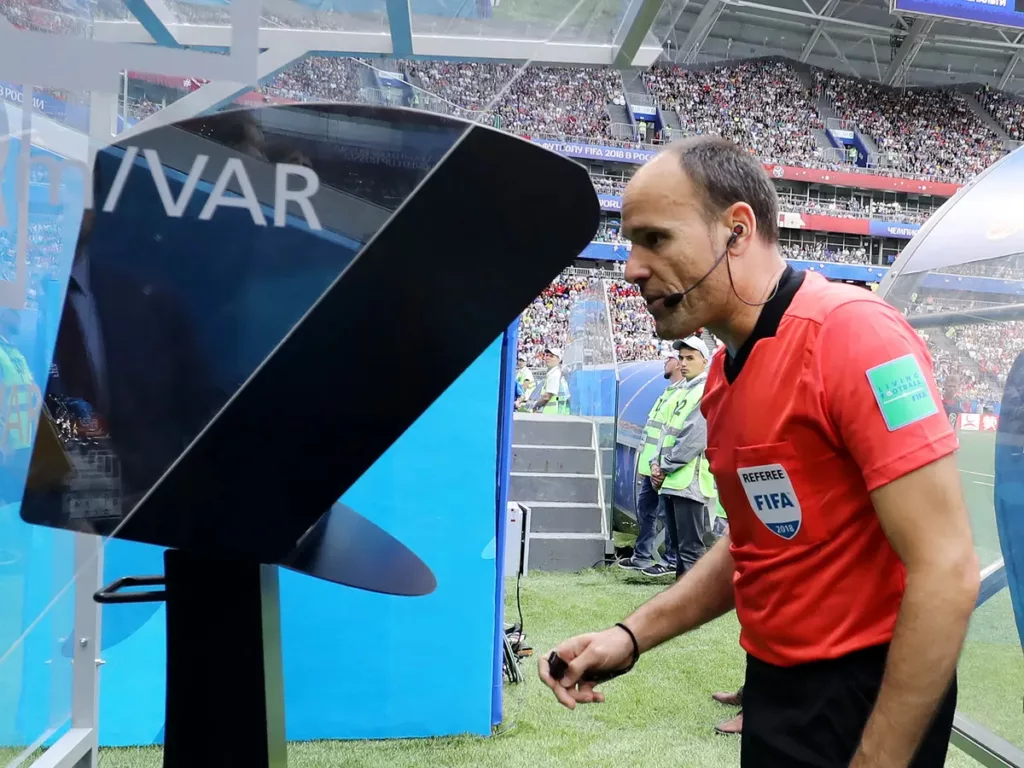
The Mystery of Budgeting
The dreams of VAR in Indian football have collided with the harsh reality of budgetary constraints. While “VAR lite” once seemed like a promising solution, it has now become a financial mirage. Bhutan’s success in implementing a cost-effective VAR-Lite highlights the need for a closer look at AIFF’s budgeting strategy. In a country with a growing football industry, the question remains – why is VAR still financially unattainable? It’s time for Indian football to consider alternative solutions and more efficient resource allocation to realize the dream of improved officiating on the field.

